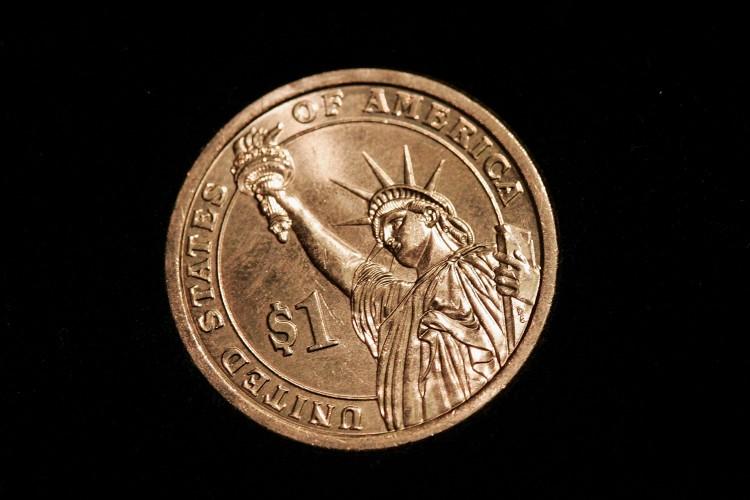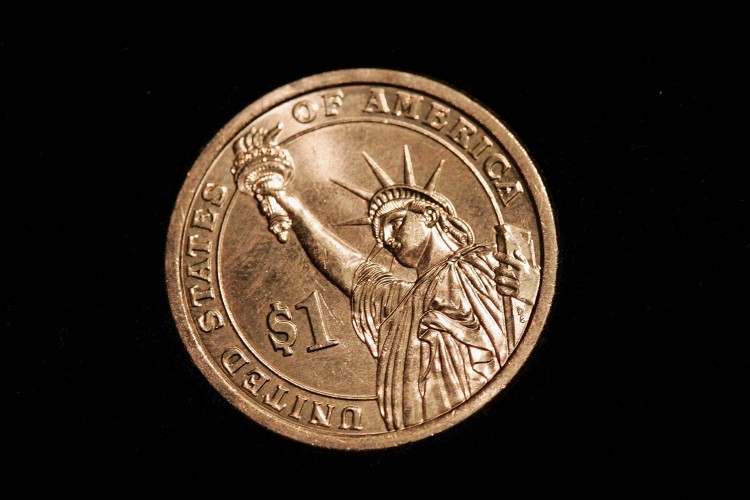Government advisers say that switching from paper to coin dollars could save the United States big money, but some believe that the plan is based on a very unlikely assumption.
Since 1979, the Government Accountability Office (GAO) has tried to sell Congress on the idea of the $1 coin. According to the latest GAO report, “Alternative Scenarios Suggest Different Benefits and Losses from Replacing the $1 Note with a $1 Coin,” popularizing the coin could save the government at least $4.4 billion over the next 30 years.
The problem is that Americans have shown an overwhelming preference for the paper dollar. From Susan B. Anthony to Sacagawea, about 1.4 billion $1 coins languish in inventory at the Federal Reserve.
The GAO admits that previous efforts to promote the $1 coin have failed, but says the key to success is removing the competing $1 bills from circulation, thus restricting consumers to a system where the coin is the only option.
A recent Rasmussen Reports survey found that only 21 percent of Americans support phasing out the dollar bill in favor of the coin. According to Robert Whaples, professor of economics at Wake Forest University in North Carolina, fighting this consumer preference will be a losing battle.
“Economists believe that people reveal their preference to things—you give them a choice and see what they pick,” said Whaples. “And we’ve given them the choice, and they’ve picked the bills.”
Nearly all the savings behind the GAO’s latest proposal is due to an increase in something called seigniorage—the difference between the cost of manufacturing currency and its face value. It costs far less to make a dollar—coin or paper—than what it is worth in the marketplace, and what is left over is profit for the government.
Coins have a slight advantage of seigniorage over bills due to longevity, but most of their expected profit comes from spending habits. Americans have demonstrated that they spend coins differently than bills, so the GAO predicts that they will need about one-and-a-half times more coins to match the number of bills currently in circulation.







